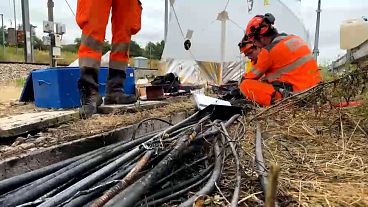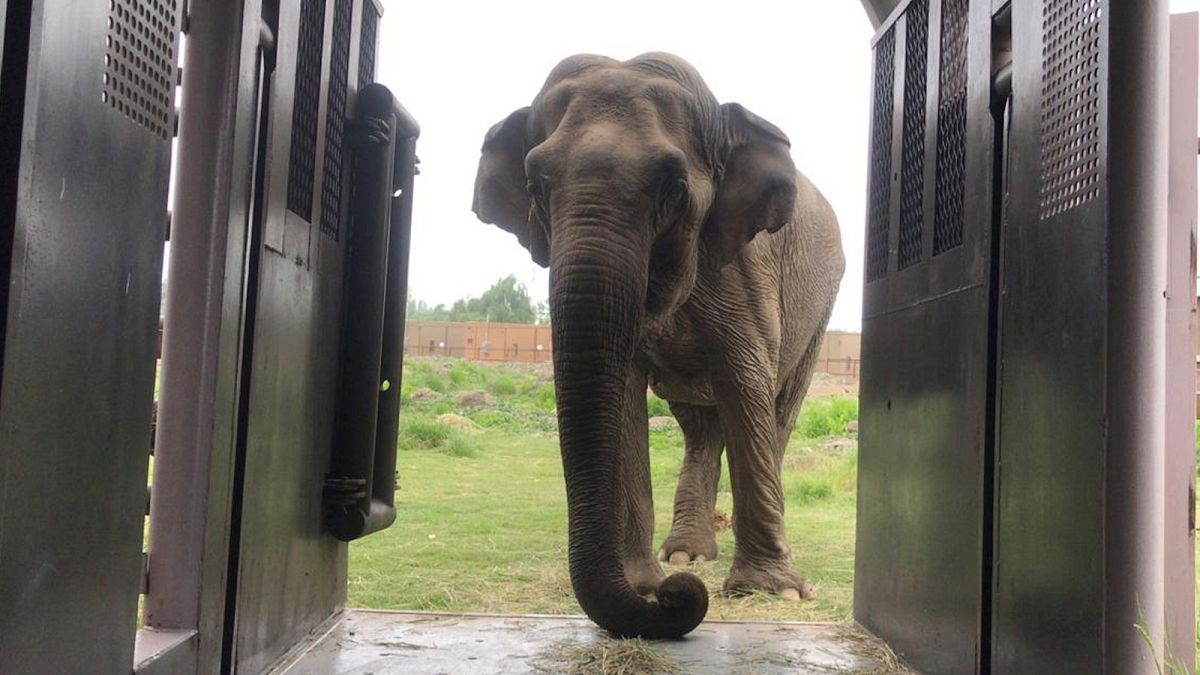The wildlife rescue community in Europe is a vital resource that governments depend on when combatting wildlife crime and animal abuse. It is time for a renewed commitment from both member states and the EU to ensure they are recognised as such and given the support they need.
In 2016, the European Commission adopted the EU Action Plan against wildlife trafficking with the aim of instigating co-ordinated efforts to fight wildlife crime. The action plan should in theory result in more successful prosecutions of illegal wildlife traders and more confiscations of illegally traded wildlife.
Dealing with the ‘parts and derivatives’ –fur, bone, scales, meat and so on - of wild animals that have been seized or confiscated is relatively straightforward for the authorities from a logistical point of view. When live animals are involved things get a lot more complicated.
The illegal trade in ‘live’ wildlife involves a huge number of species, all of which require specialist care. Following seizure, animals will likely be highly stressed and in poor health, so it is essential they are placed in appropriate housing quickly.
Difficulties housing animals
However, finding facilities with the expertise to care for these traumatised animals is difficult, and finding such facilities with available housing is even more of a challenge. In 2017, European Alliance of Rescue Centres and Sanctuaries (EARS) and Animal Advocacy and Protection (AAP) surveyed 112 rescue facilities in Europe and found that they had received requests to house 22,000 animals in that year alone. When asked what their main reason was for refusing animals, 41% of respondents cited lack of space, 16% a lack of appropriate facilities and 13% a lack of funds.
Pressures on rescue facilities are compounded by a number of other factors. These include recent moves by many EU member states to ban the use of wild animals in circuses, a recent EU regulation on invasive alien species and the EU Zoos Directive that has led to the closure of a number of substandard zoos, the result being that more wild animals need to be housed in rescue facilities.
Chronic lack of funding
Given the pressures faced by rescue facilities and the pivotal role they play in supporting enforcement efforts, one might assume that everything possible would be done by member states to work with and support them. However, we have found that a chronic lack of funding combined with inconsistent application of laws and regulations, are making life even more difficult for rescue centres, leading to an inefficient use of the scarce rescue capacity.
The transport of seized or confiscated animals – especially from one country to another – requires compliance with many animal health and trade regulations. Unfortunately, these are often interpreted differently by member states, resulting in time-consuming administration. In many cases, governments place restrictions on animals in the care of rescue facilities that can compromise animal care and the efficient use of enclosure space. When seizures do take place, a lack of knowledge amongst the authorities can lead to ineffective application of the law, leading to animals being returned to the original owner.
Perhaps the most critical issue for many rescue facilities is the lack of government funding. It is quite common for rescue centres to receive little or no funding from governments. Where funding is provided, it is often delayed while court proceedings take place. Despite this, some member states have developed fair and consistent protocols for providing financial assistance to rescue facilities, and these models need to be replicated across the EU.
We believe EU member states should develop National Action Plans and provide detailed protocols for the seizure, transport and funding for the long term care of rescued wildlife. Such plans should take account of the national legal and cultural specificities,whilst ensuring consistency in approach across the EU wherever possible.
The EU can, and should, provide guidance on best practice to member states, encourage co-ordination and ensure they provide rescue centres with the levels of funding needed to adequately support the authorities in their work.
The wildlife rescue community in Europe is a vital resource that governments depend on when combatting wildlife crime and animal abuse. It is time for a renewed commitment from both member states and the EU to ensure they are recognised as such and given the support they need.
- Dave Eastham is Executive Director of EARS. Ilaria di Silvestre is Programme Leader for Wildlife at Eurogroup for Animals. Raquel García-van der Walle is Head of Public Policy for AAP
____________
Are you a recognised expert in your field? At Euronews, we believe all views matter. Contact us at view@euronews.com to send pitches or submissions and be part of the conversation.












